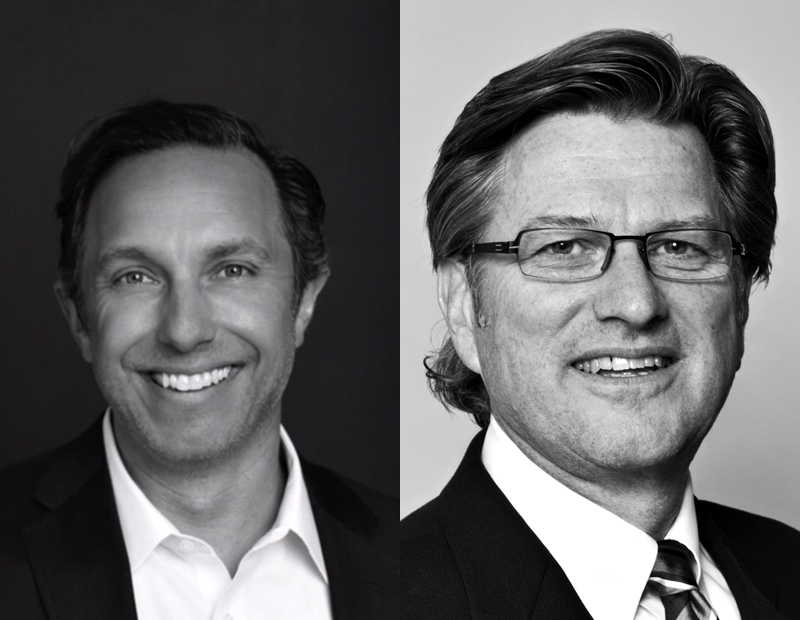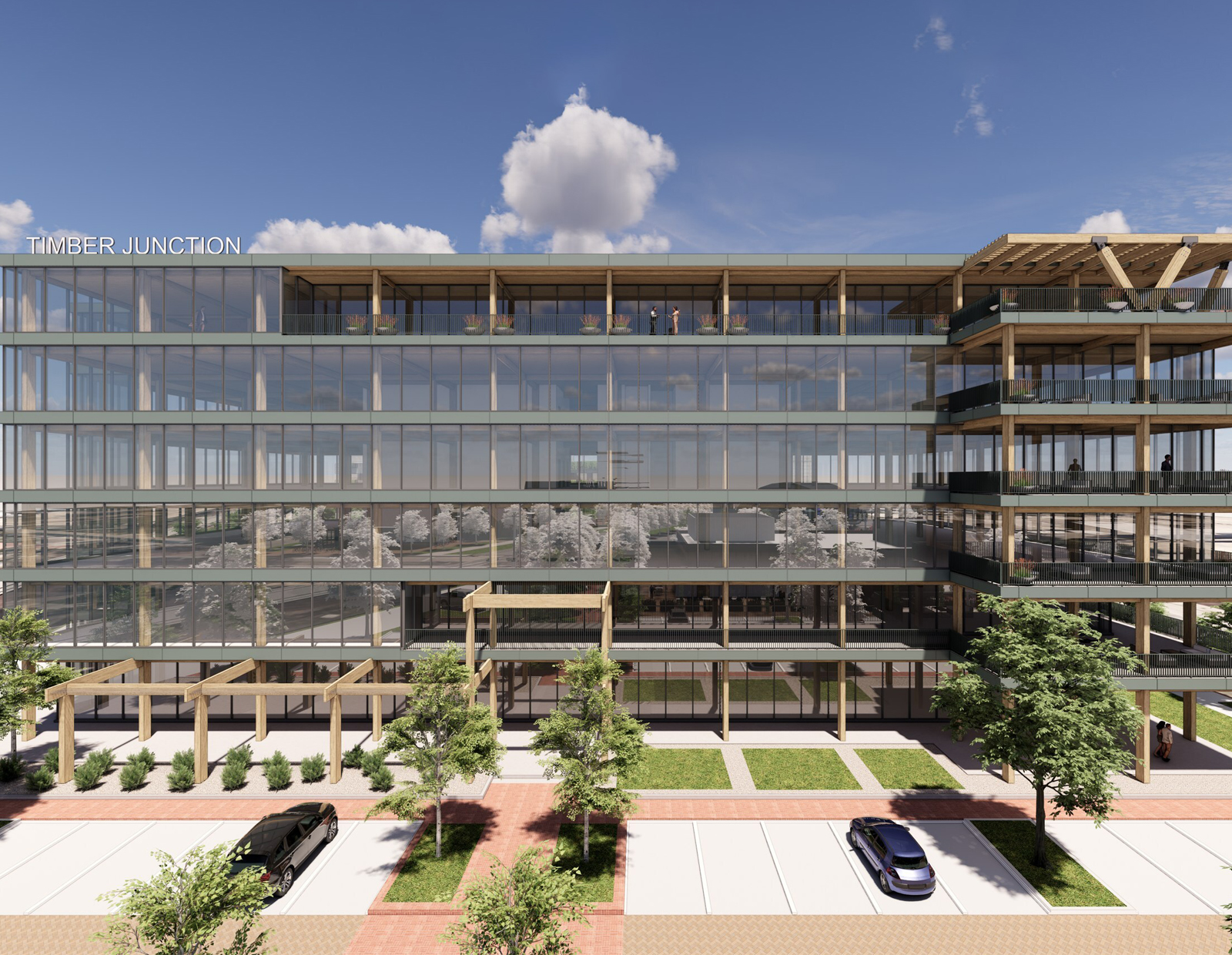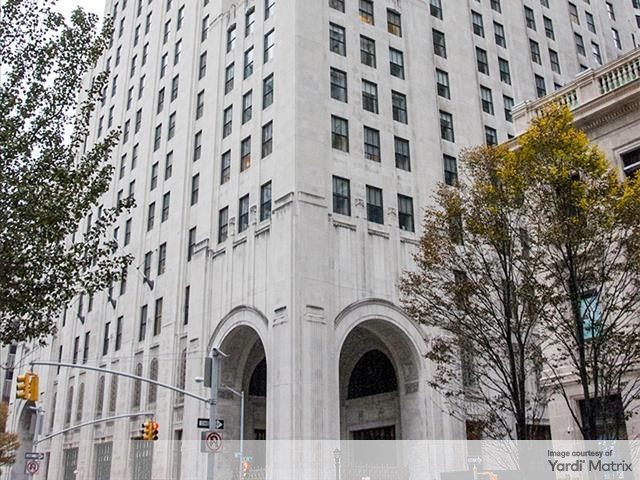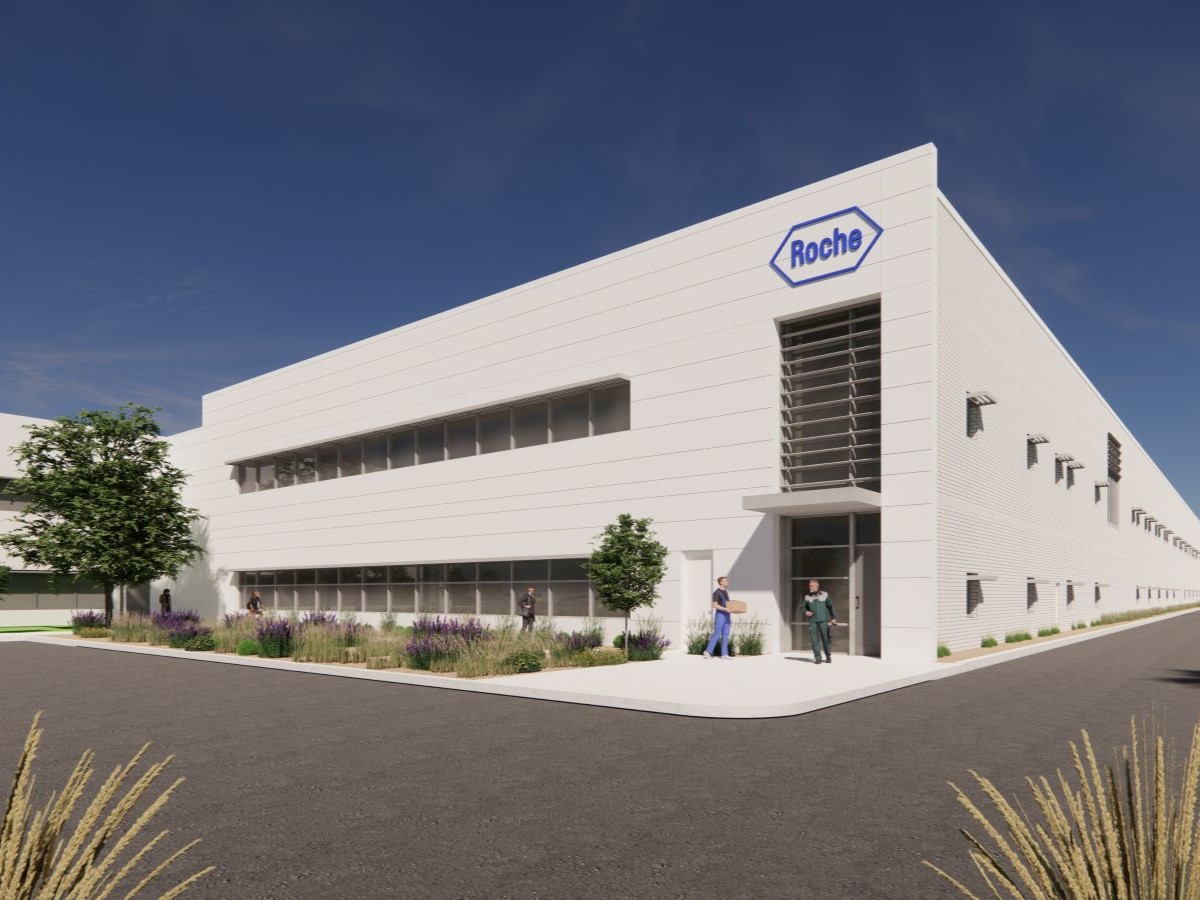How Are Millennials, Gen Z Reshaping Suburban Offices?
Wright Heerema Architects' Roger Heerema and Franklin Partners’ Ray Warner reveal how younger generations are transforming design in suburban and secondary markets.
Creative office space and high-end amenities are typical of traffic-ridden, booming urban areas. Or maybe technology clusters in buzzing metros such as San Francisco, New York City or Seattle. However, an increasing number of Millennials and members of Generation Z are flocking to the suburbs, bringing the urban feel to unusual spaces.
Today’s suburban live-work-play communities strive to meet modern necessities, but there’s more to accommodating this migration than creating new developments. Wright Heerema Architects Partner Roger Heerema and Franklin Partners Partner Raymond Warner discuss the post-Baby Boomers generations’ personal needs and how these line up with design and development trends in suburban and secondary office markets.
What do Millennials and Generation Z seek in the workplace environment?
Warner: They are seeking a connected workplace that creates a memorable experience. They want to be part of a work environment that aligns with their culture and values, which put a premium on health, wellbeing and community. While Millennials and Gen Z are following in the footsteps of Baby Boomers in moving to the suburbs, we must realize they have much different needs, wants and desires. These generations really embrace the live-work-play mentality.
How do these needs shape the existing design and development trends in suburban and secondary office markets?
Heerema: The thirst for connection and community among younger talent is causing companies to rethink how they structure their workplace and what they need in an office building. Expect to see a lot more communal spaces and wellness-focused amenities that provide both a sense of community and a connected experience.
The amenities race is well underway in the suburbs and secondary markets. Building owners are striving to create buzz and energy with shared spaces that bring people together organically, from outdoor patios and walking trails to tenant lounges and fitness centers. Uniquely designed spaces can go a long way towards helping a building make a splash.
What do the suburbs already have and what else do they need to accommodate tomorrow’s workforce?
Warner: The suburbs have access to health and wellness activities such as scenic bike paths, green spaces and larger facilities. We see a lot of reverse commuters as younger generations tend to stay in their urban apartments longer and we’re accommodating them by offering convenient transportation options from train stations to our buildings.
Will the legacy of traditional suburban office parks linger on?
Heerema: There’s still a role for suburban office parks today. Many Millennials and other professionals love their suburban lives and shorter commutes. They just want well-designed buildings with amenities on-par with their counterparts in the city. So while the buildings may stay, we’re reinventing what they offer for today’s workforce. When we incorporate top-notch amenities, services and connected community spaces, we can put the legacy image of sleepy office parks in the background and create a new perception of suburban developments as buzzing communities where talented professionals come together.
With the suburban office market showing signs of growth, what are the office market trends we should look out for?
Heerema: You may see more companies with dual operations, offering multiple workplace options that leverage the benefits of both urban and suburban locations. Transit-oriented developments in the suburbs will also be a big focus as employers look more closely at locating near public transportation hubs to accommodate employees reverse commuting from the city. And regardless of location, the buildings that offer the amenities tenants crave will be the ones that thrive.
Name some of the hottest secondary markets we should have on our radar.
Warner: Grand Rapids, Mich., is a market where we are very active and see a lot of potential. It has the benefit of being just outside of a major market in Chicago. Our activity in Chicago brings fresh perspective to cities like Grand Rapids. Introducing successful design and trends happening in today’s office environments allows us to push the bar and offer the best product possible.
Images courtesy of Wright Heerema Architects and Franklin Partners









You must be logged in to post a comment.